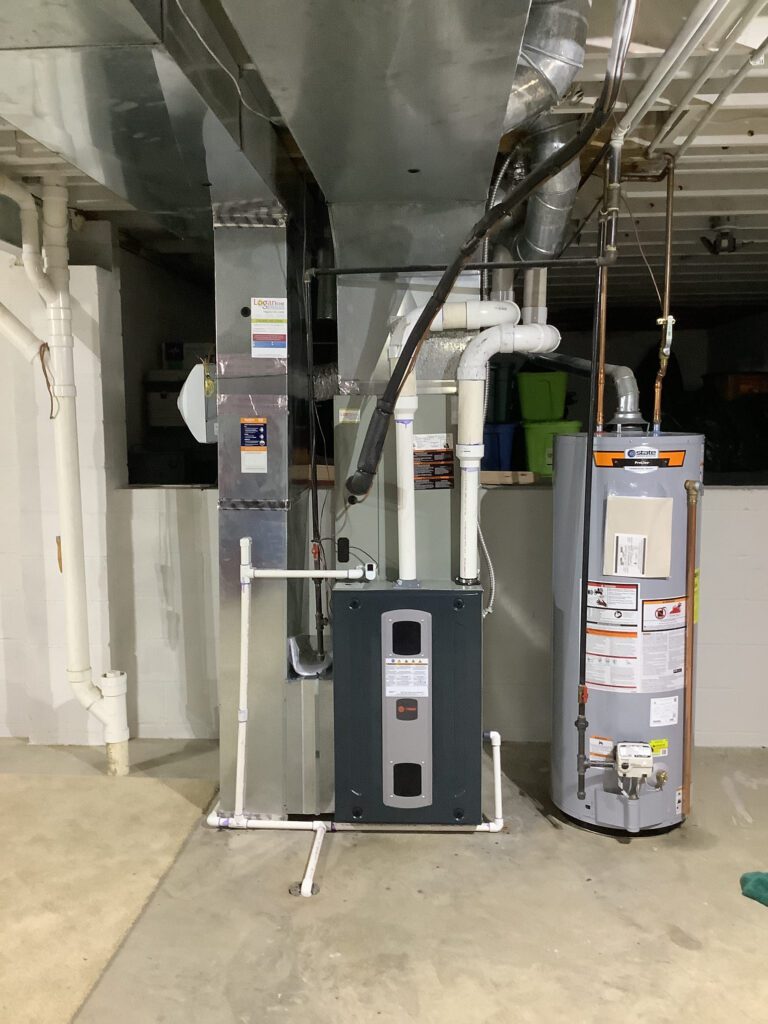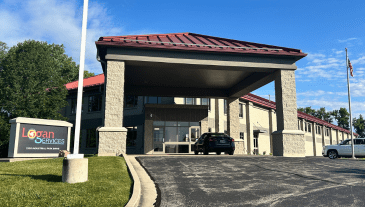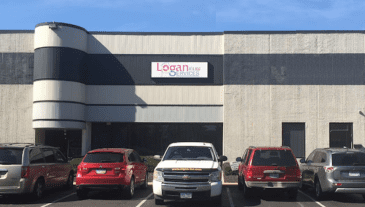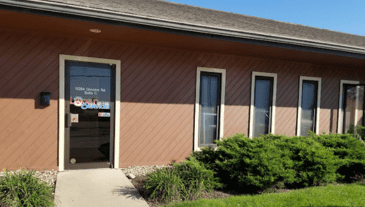Replacing an old, inefficient furnace with a new heating system can make your home more comfortable while saving money on energy bills. But before purchasing a furnace, it’s essential to understand permitting requirements. Depending on the scope of the installation, you may need to get permit approval. Knowing the guidelines for your area is crucial.
When Permits Are Required for New Furnaces
Generally, you need a permit for furnace replacements that involve substantial HVAC changes, such as:
New Ductwork or Ventilation
Installing new ductwork or making major modifications to existing ducts almost always requires permits. For example, upgrading from an older gravity-based heating system to a forced-air furnace with new ductwork needs permitting. Extending current ducts to reach added zones or rooms also usually needs approval.
Likewise, altering important ventilation components like flues, vents or chimneys linked to furnaces requires permits in most areas. Whether relocating a side-wall gas vent to the roofline or upgrading wood stove chimney materials, structural impacts equate to permitting needs. Only minor things like adding a vent hood often bypass permitting.
High-Efficiency Model Installations
The most energy-efficient furnace models labeled high-efficiency typically have AFUE ratings reaching 90% or better. Their complex inner workings require additional elements like condensate drainage pipes, multi-stage operation controls and sensors to enable such high performance.
Accommodating all the extra piping, wiring, and ducting needs of these systems generally requires extensive modifications. Running new condensate lines, adding thermostats and wiring for variable fan speeds all represent substantial work. These intricate changes mean local authorities consider the installations major remodeling jobs needing permits.
Converting Fuel Type
Changing a home heating system from one fuel source to another completely alters equipment requirements. Switching from gas to electric heat pumps changes the power load needs and makeup air handling dynamics for example.
Fuel-type transitions also often force ductwork and ventilation changes to align with system requirements. These modifications ensure the existing infrastructure adequately supports the new heating source. Such integrative complexity means jurisdictions always classify heating system fuel conversions as major projects subject to permitting.
Cost of Furnace Replacement Permits
Furnace permit fees vary by location, usually ranging from $15 to $125 on average. Some areas base permit costs on the total project cost or required paperwork processing time. Expect potential add-on administrative fees as well.
The Furnace Replacement Permitting Process
Obtaining a permit includes multiple steps, which can take two to six weeks depending on your area’s application processing time.
Furnace Permit Application
Start by completing the permit application in your jurisdiction, including:
- Homeowner and contractor information
- Scope of work details
- Required drawings/documents
- Permit fee payment
Review and Approval
The permitting office reviews submissions for code compliance. If they need clarification or changes, they issue revisions requests before final approval.
Final Inspections
Once the furnace installation is complete, the inspector verifies compliance prior to operational approval. Some areas require multiple inspections spanning different phases.
Neglecting to get a required furnace permit can lead to fines or even work stoppages. And unapproved installations are often denied home insurance claims following related losses. Simply put, don’t avoid permitting mandates.
Signs You Need a New Furnace
Knowing when to replace a furnace instead of continuing repairs prevents further headaches. If your unit exceeds 20 years, replacing it before an outright failure makes financial sense most times.
Beyond just age, several other indicators signal upgrading needs:
- Higher Energy Bills: If your gas or electric bills spike for the same amount of furnace runtime, the system grows increasingly inefficient. New models can cut related costs by over 30%.
- Frequent Repairs & Costs: Replacing minor things like belts or filters adds up over time. Once you pay hundreds yearly for components wearing out more regularly, replacing everything avoids continually throwing good money after bad.
- Cold Spot Upticks: Notice certain rooms or zones seeming cooler than others? That signals duct, airflow or unit sized issues. A new correctly sized furnace with optimized ductwork restores even heating.
- Noisy Functions: Banging pipes, squealing fans and odd whining during heating all indicate wear. Replacing the components causing irritating noises supplies quieter and more reliable operation.
- Air Quality Impacts: Dust spreading through vents, detectable gas smells or stale interior air hints at problems. Furnaces spreading particles or inefficient burning signal replacements.
Catching issues early by replacing aging furnaces prevents more disruptive mid-winter system failures. And upgraded efficiency lowers environmental impact alongside saving money long-term. Act before it’s an outright emergency to simplify the process.
What’s Involved in Replacing a Furnace?
Furnace installations require expertise across multiple trades for optimal safety, code compliance, and home integration. Utilizing professional HVAC services is vital for these intricacies.
The general furnace replacement process includes:
- Preliminary Work – Complete any needed ductwork upgrades or venting modifications with proper permits first.
- Dismantling – Carefully dismantle the old furnace by disconnecting all ductwork, fuel lines, wiring, and vent piping. Properly remove outdated materials preparing for the new unit.
- New Unit Handling – Position and mount the replacement furnace according to clearance requirements and weight-bearing capacities in the location.
- Fuel Line Connections – Extend gas piping or electrical wiring to enable linking the respective energy source for the furnace type.
- Ductwork Integration – Reconnect ductwork to the heating system and balance airflows for optimized venting distribution.
- Venting – Attach new code-compliant vent piping between the furnace and exterior termination point properly to avoid leakage.
- Controls Integration – Sync programmable thermostats, WiFi connectivity modules, and any smart features on the replacement model.
- Startup & Testing – Complete extensive startup sequences checking ignition systems, fan speeds, combustion levels, vent flows, safety trips and heat exchangers. Test and tweak until all functions properly.
- Inspections & Completion – Final permit inspections confirm replacements comply with codes and regulations before sign-off. Technicians demonstrate operations and maintenance to homeowners before job completion.
Attempting DIY furnace replacements heightens safety hazards from:
- Gas line misconnections
- Improper electrical exposures
- Vent attachment faults
- Structural damage risks
Partner with qualified HVAC professionals to ensure safety while meeting codes and optimizing performance.
Furnace Replacement Cost Considerations
Furnace unit prices fluctuate based on:
- Unit types
- Sizing/Capacity -Efficiency ratings
- Brands
- Features
On average, homeowners spend $5,000 to $12,000 to replace an existing furnace with a new high-efficiency model in the U.S. This estimate includes the unit itself along with labor for installation and any ducting or venting modifications. Of course, your total depends on if using incentives and the contracting company. Expect to pay warranties or protection plans.
Partnering With HVAC Professionals
Considering the intricacies of furnace replacements combined with permitting variables, reducing risks means hiring reputable HVAC companies to handle each step correctly. They determine if permits apply for your specific project. Licensed HVAC contractors ensure full compliance with inspection processes while also validating optimal functionality.
The right pro takes everything into account when advising replacement specifications for you to approve. Furnace upgrades have impacted home comfort, air quality, and budgets for years, so merit an expert touch.
The Logan Difference
At Logan A/C & Heat, we’re not your average HVAC company. As a family-owned and operated business for over 15 years, the Logan Difference shines through in every customer interaction.
Our team of highly-trained technicians complete an intensive program to ensure expertise in all types of heating and cooling installations. Each member of our staff prioritizes communication, quality work, and truly caring about your comfort and experience.
Before arriving at your home, our installers verify having every necessary part on their truck to avoid delays. They follow a meticulous checklist covering each project phase, signed off by our seasoned Install Managers upon completion. From walking through proper HVAC equipment use to troubleshooting potential issues, we want you fully prepared upon project finish.
The Logan Difference means we handle all the warranty details so you don’t have to worry later. And we pride ourselves on giving back to our community through donations, giveaways, and simply helping neighbors in need.
At the end of the day, Logan A/C & Heat provides more than just HVAC services. Our family cares about your family’s comfort, safety and understanding our processes. We sweat the small stuff so you can simply relax in cool comfort. When you choose us for your next HVAC project, the Logan Difference gives you a peace of mind no other contractor can match.
Frequently Asked Questions
Wondering specifics around furnace replacements? These common questions provide more permitting and process insights.
What if I Want to Install the New Furnace Myself?
While permits often don’t dictate hiring a contractor, attempting complex HVAC work solo risks violating codes and safety. Unless you have adequate electrical knowledge, equipment handling skills and understand gas line connections sufficiently, stick with seasoned furnace pros regardless of permitting needs. Protect your investment, safety and peace of mind by having experts tackle replacements.
What Information is Needed for the Furnace Permit Application?
Typical furnace permit applications require:
- Property address
- Homeowner name with contact details
- Contractor information if utilized
- Existing furnace fuel type
- New furnace details like brand, model number, specs
- Exact scope of work with drawings/plans
- Estimated costs
- Permit fee payment
Check with your local permit office on any supplemental items required too. Submitting complete applications accelerates processing and approval timelines.





















